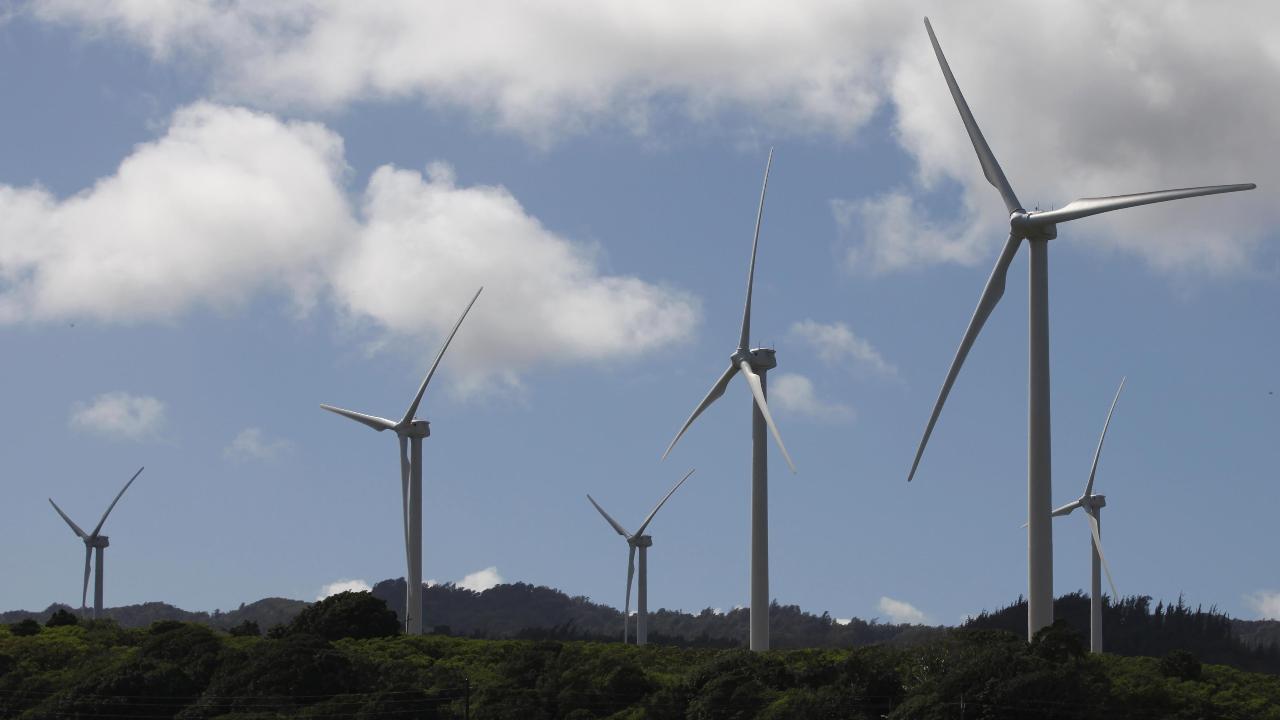The fuzzy math behind California's renewable energy push
Lawmakers in California are requiring the state to generate 100 percent of its electricity from carbon-free sources by 2045, but according to a senior fellow from the Manhattan Institute, it will be a costly transition for consumers.
“I don’t know that I’d say it’s impossible,” Robert Bryce said on Thursday during an interview with FOX Business’ Stuart Varney. “Given enough time and money, sure you can do a lot of things. What to me is really fascinating about what happened in California when passing this bill, the legislature did no estimates of how much it’s going to cost consumers.”
State lawmakers voted one week ago to pass legislation requiring the state to use 33 percent carbon-free power by the end of 2020 and 50 percent carbon-free power by the end of 2026, before relying entirely on renewable sources in 2045.
“To me, just on a cost issue alone, this is a remarkable move,” Bryce said.
The vote comes as California battles deadly -- and costly -- wildfires that experts say will likely only increase in frequency by the end of the century. On Friday, the California legislature also voted to allow power companies to raise electric bills in order to offset the cost of lawsuits from last year’s fires -- a decision that some critics said was essentially a bailout for Pacific Gas & Electric Co.
Electric costs in California are already 60 percent higher than those in the rest of the U.S., Bryce said, and this new addendum will likely only add to those costs. According to a report from The Los Angeles Times, California is using less power than it did in 2008, but are paying $6.8 billion more for power than they did back then.
Only Alaska and Hawaii have higher average electricity costs, according to the U.S. Energy Information Administration.
“When you look at the simple math, particularly when California is closing its nuclear plants, I just don’t see how they’re going to be able to achieve these targets,” Bryce said.




















